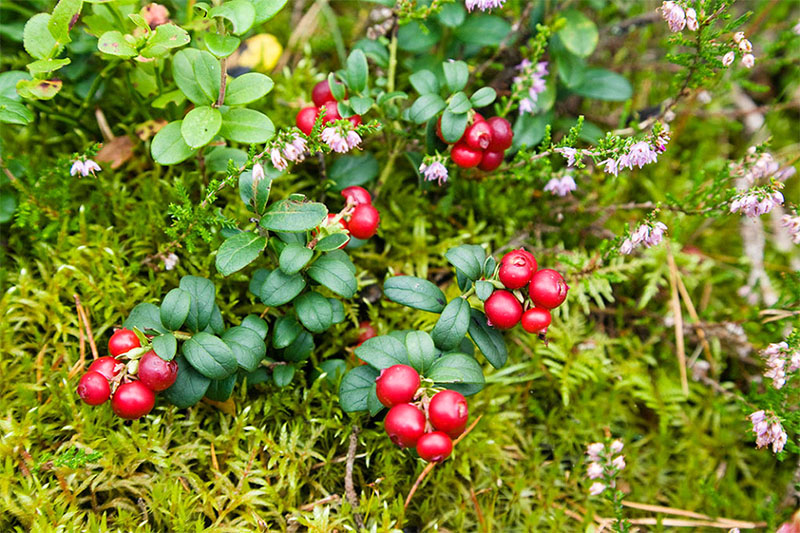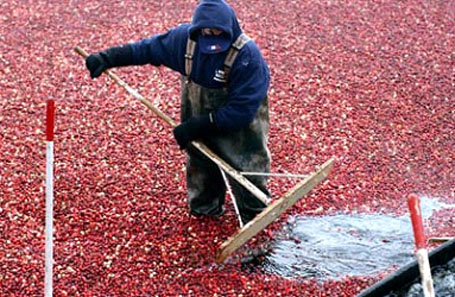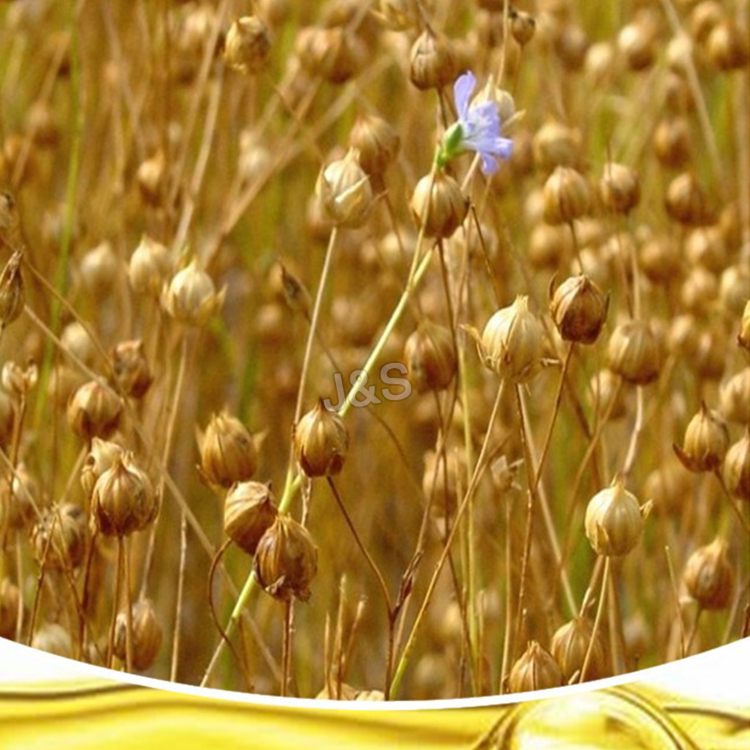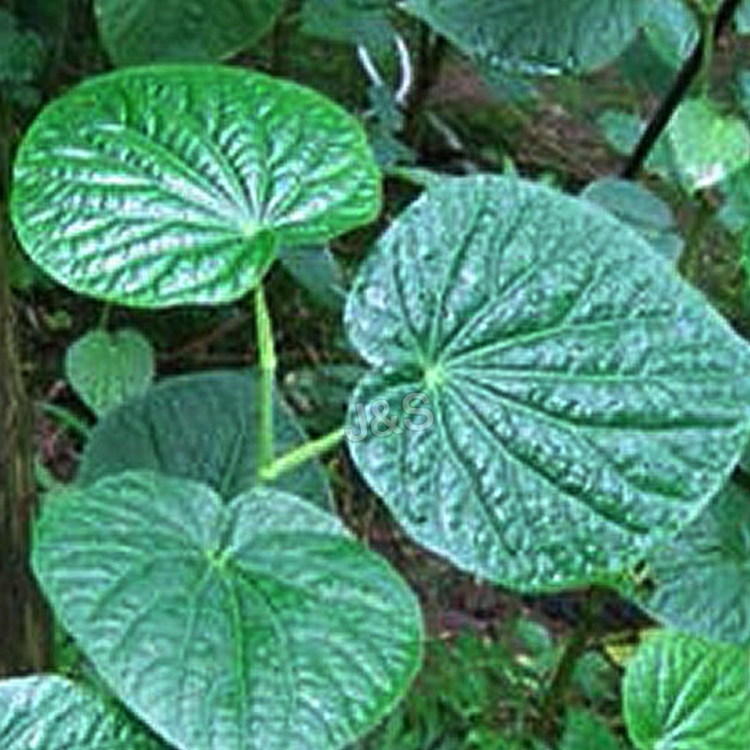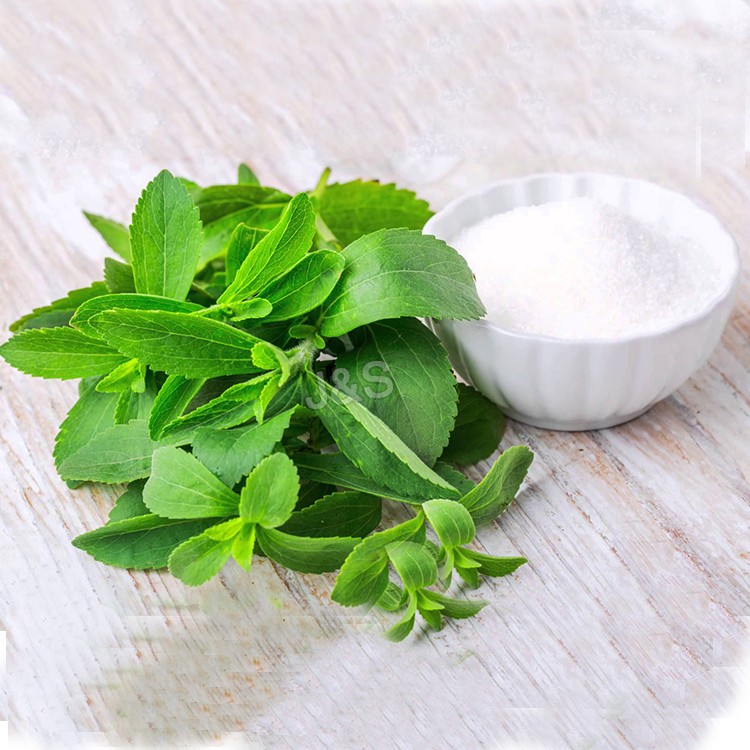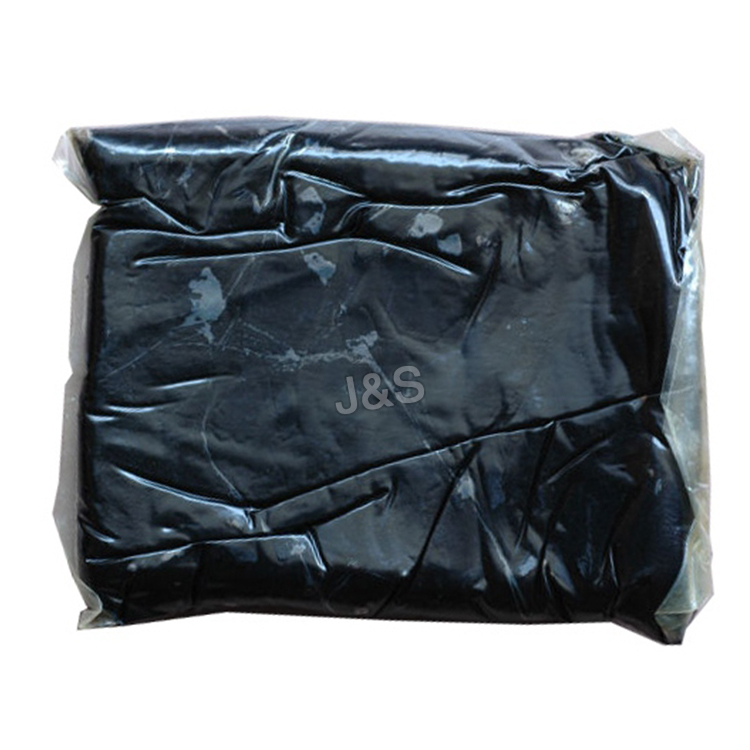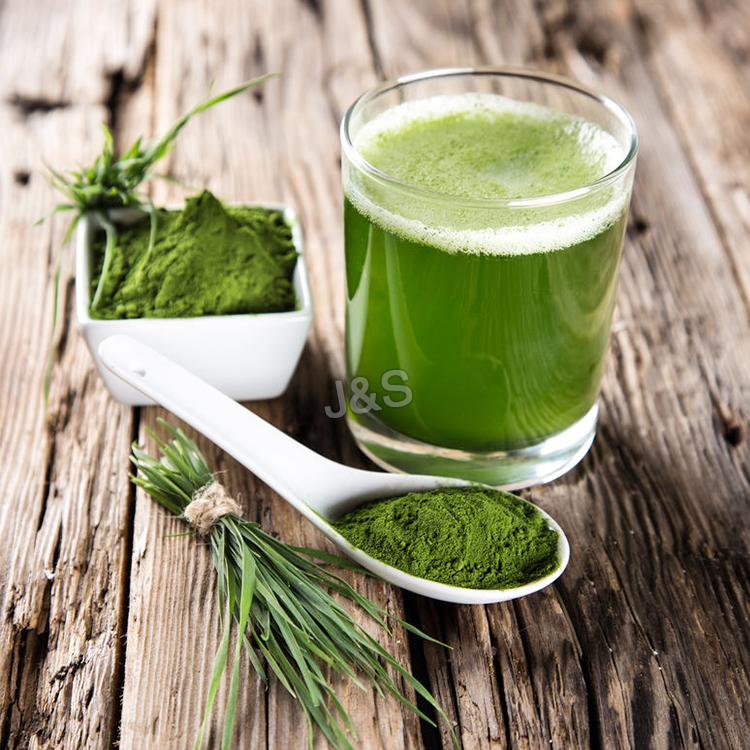China Top 10 Cranberry Extract Factory from Chad
China Top 10 Cranberry Extract Factory from Chad Detail:
[Latin Name] Vaccimium Macrocarpon L
[Plant Source] North America
[Specifications] 3% – 50% PACs.
[Test method] Beta-smith, DMAC, HPLC
[Appearance] Red fine powder
[Plant Part Used] Cranberry fruits
[Particle size] 80 Mesh
[Loss on drying] ≤5.0%
[Heavy Metal] ≤10PPM
[Pesticide residue] EC396-2005, USP 34, EP 8.0, FDA
[Storage] Store in cool & dry area, keep away from the direct light and heat.
[Shelf life] 24 Months
[Package] Packed in paper-drums and two plastic-bags inside.
[Gereral feature]
1. 100% extract from Cranberry fruit, passed ID test from the 3rd part like ChromaDex. Alkemist Lab;
2. Pesticide residue: EC396-2005, USP 34, EP 8.0, FDA;
3. The standard of the heavy mental is strictly according to the pharmacopoeia like USP, EP, CP;
4.Our company import the raw material directly from Canada and America;
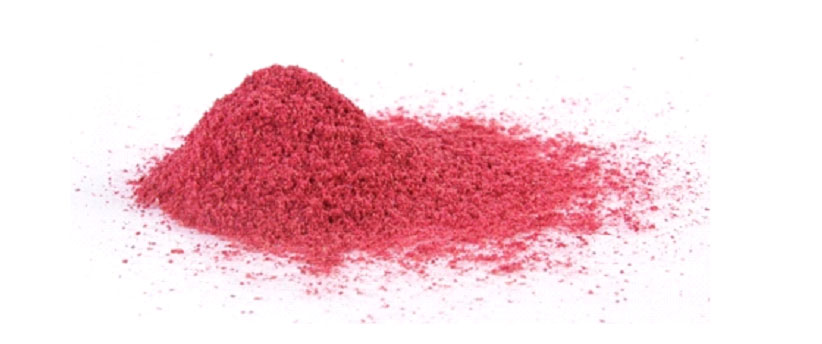
5. Good water solubility, the price is reasonable
[What is cranberry]
Cranberries are a group of evergreen dwarf shrubs or trailing vines in the subgenus Oxycoccus of the genus Vaccinium. In Britain, cranberry may refer to the native species Vaccinium oxycoccos,while in North America, cranberry may refer to Vaccinium macrocarpon. Vaccinium oxycoccos is cultivated in central and northern Europe, while Vaccinium macrocarpon is cultivated throughout the northern United States, Canada and Chile. In some methods of classification, Oxycoccus is regarded as a genus in its own right.They can be found in acidic bogs throughout the cooler regions of the northern hemisphere.
Cranberries are low, creeping shrubs or vines up to 2 metres long and 5 to 20 centimetres in height; they have slender, wiry stems that are not thickly woody and have small evergreen leaves. The flowers are dark pink, with very distinct reflexed petals, leaving the style and stamens fully exposed and pointing forward. They are pollinated by bees. The fruit is a berry that is larger than the leaves of the plant; it is initially light green, turning red when ripe. It is edible, with an acidic taste that can overwhelm its sweetness.
Cranberries are a major commercial crop in certain American states and Canadian provinces. Most cranberries are processed into products such as juice, sauce, jam, and sweetened dried cranberries, with the remainder sold fresh to consumers. Cranberry sauce is a traditional accompaniment to turkey at Christmas dinner in the United Kingdom and Thanksgiving dinners in the United States and Canada.
[Function]
UTI protection, Prevent and treat urinary tract infections
Guard against cardiovascular diseases
Eliminate eye fatigue, curing eye diseases
Anti- aging
Cancer risk reduction
Product detail pictures:
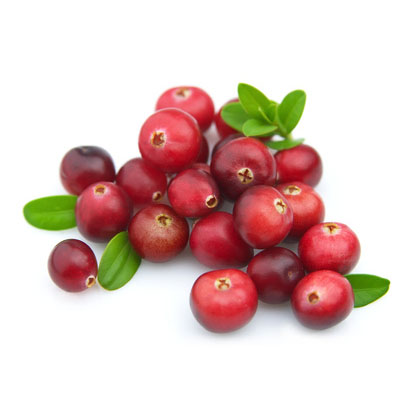
Related Product Guide:
With a sound business credit, excellent after-sales service and modern manufacturing facilities, we have earned an excellent reputation among our customers across the world for China Top 10 Cranberry Extract Factory from Chad , The product will supply to all over the world, such as: Norwegian, Brazil, Algeria, Each customer's satisfactory is our goal. We are looking for long-term cooperation with each customer. To meet this, we keep up our quality and provide extraordinary customer service. Welcome to our company, we are expecting to cooperate with you.
Acupressure points can have a positive effect on erectile dysfunction. Learn about acupressure points and their relation to erectile dysfunction with help from a doctor of Oriental medicine in this free video clip.
Expert: Hillary Talbott
Bio: Hillary Talbott, a Doctor of Oriental medicine, practices at Acupuncture & Herbal Therapies in St. Petersburg, Florida.
Filmmaker: Christopher Rokosz
Series Description: Acupressure can be a great reliever of pain if the proper techniques are employed. Educate yourself about acupressure techniques with help from a doctor of Oriental medicine in this free video series.
https://davesmith.ludaxx.com
https://www.davegsmith.com/
https://bluelineproducts.com/
How it Works for Diet using Sugar Blocker in this area Mobile
Why it Works for
F21 is an All Natural Sugar Blocker that assists restrict your blood sugar level absorption. It includes different substances discovered to have various wellness perks, such as L-Arabinose, Coriolus Versicolor Polysacchride, Konjac-Mannan, Magnesium Stearate, Mint taste: Menthol and Natural Colors. F21 not just does it assist advertise weight-loss, (PSK) enhances your immune system feedback. In fact, for each gram of F21, you can block approximately 20 grams of sugar (sucrose). The formula not just assists advertise weight-loss, it benefits the intestinal system by permitting the obstructed sucrose to sustain helpful probiotic germs while the polysaccharide (PSK) enhances your immune system feedback.
DG Smith https://www.davegsmith.com/
diabetes care :
00:00:05 sugar cravings
00:00:12 safe appetite suppressant
00:00:19 F21 Sugar Blocker
00:00:27 Weigh tloss
00:00:34 Fitness
The enterprise has a strong capital and competitive power, product is sufficient, reliable, so we have no worries on cooperating with them.
